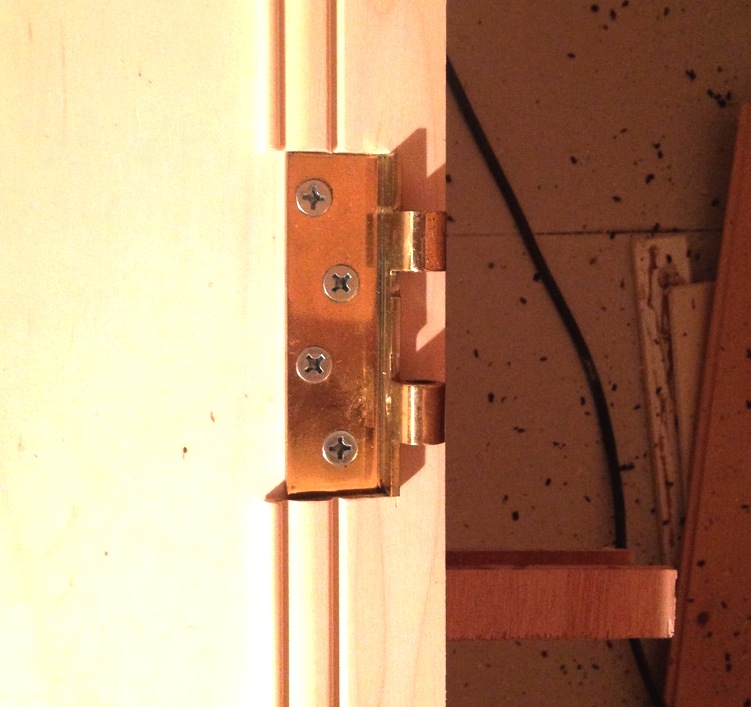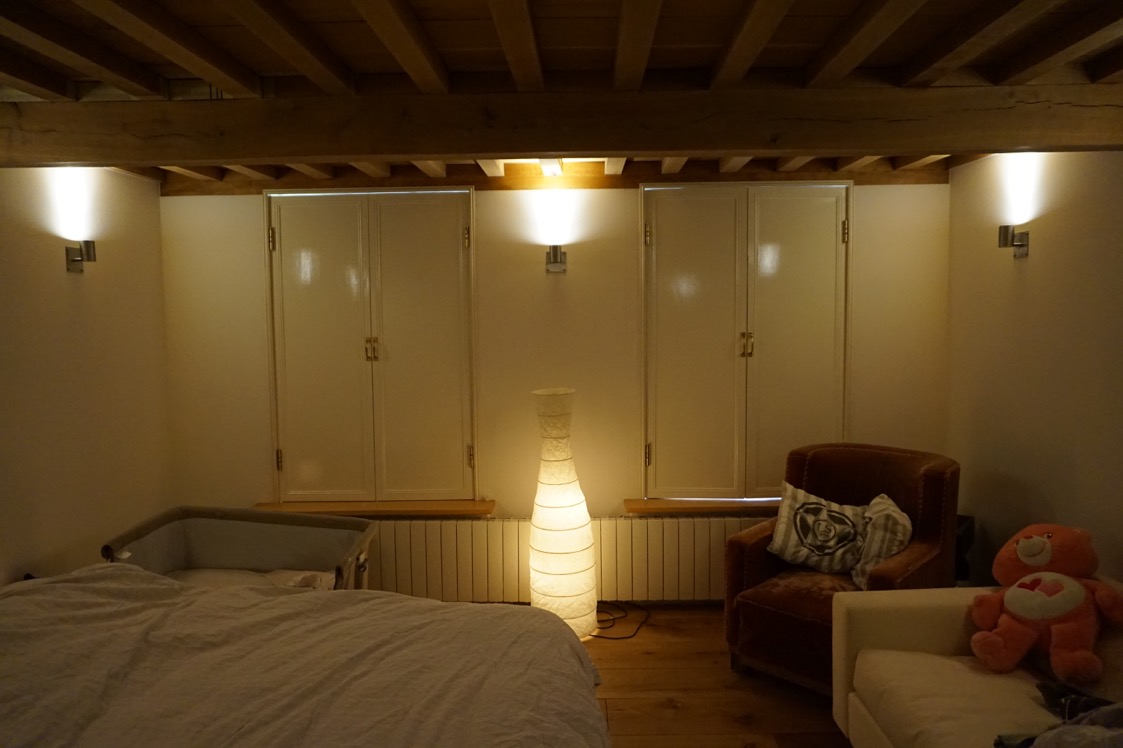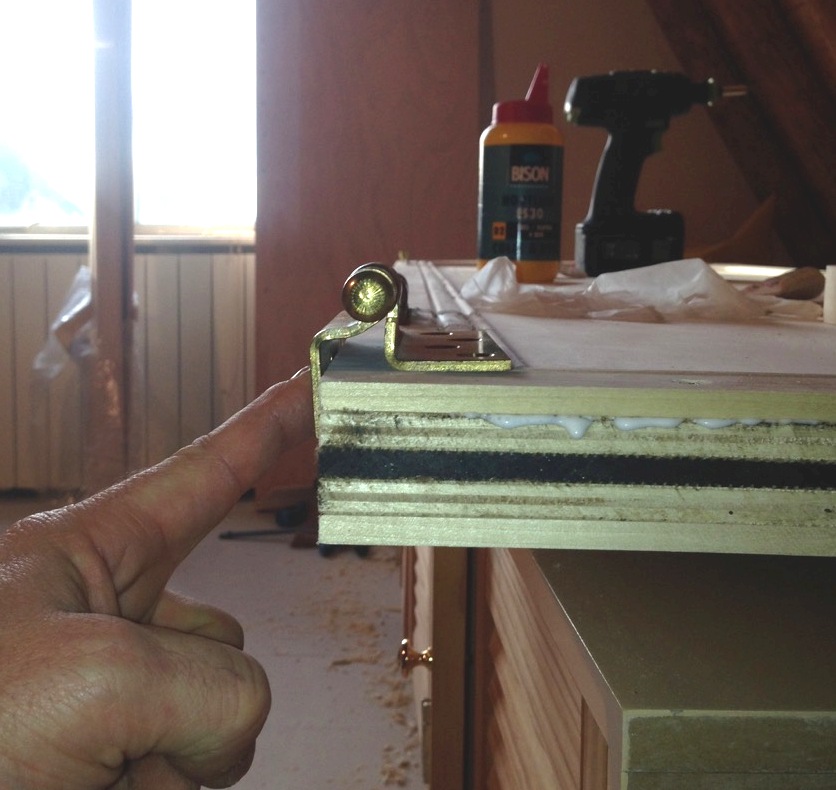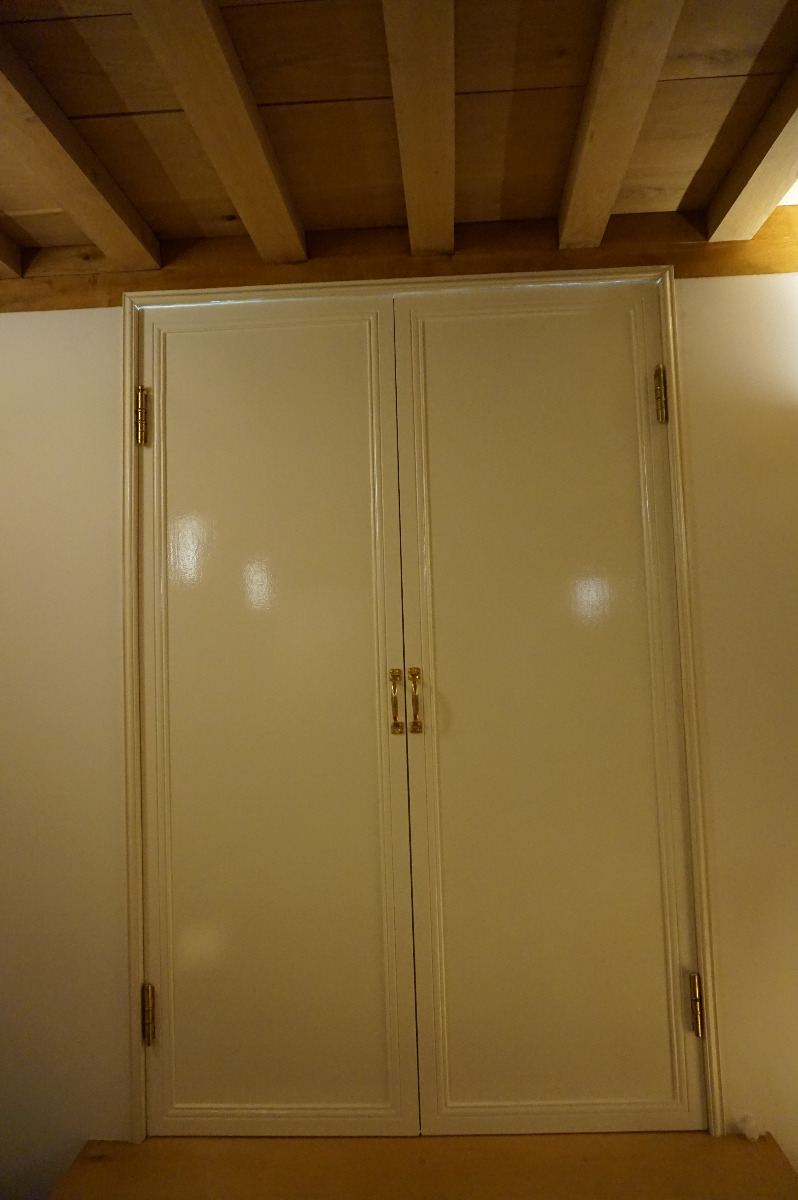DIY Soundproof indoor window shutters, soundproofing outdoor noise
In densely populated areas there are often noise problems due to traffic, nightlife and other outside noises. This can be solved with expensive acoustic windows, but that is often not possible because of the window frames or perhaps because it is a historic building you life in. With our do-it-yourself solution you can keep outside noise outside and darken the room. Soundproof window shutters are perfect for soundproofing a bedroom or home studio.
A very friendly customer shared these images and info on how he made our solution into reality. He already soundproofed his wooden floors with our guide on "How to soundproof wooden floors" using Isomat KE mass loaded vinyl sheets. This time he used Isomat KE to soundproof plywood panels and made them in to sandwich panels, consisting of 2 layers of plywood (any sort of sheet material can be used) with a layer of Isomat KE glued in between them. These panels forms the soundproofing window shutters.
How to make soundproof window shutters yourself
The window shutters in the picture are about 110 x 170 cm. This overview picture is with the sun fully shining, the shutters are completely closed. As you can see, there is still a little gap on the top left and bottom right, these won't leak noise, because low frequency sounds cannot leak through such as small gap. But to insulate heat or cold you might want to use a draft tape or door rubber to avoid light or insulation leaks. The soundproof window shutters shown in the images insulate mid- and low sounds perfectly!
Making the shutters and soundproofing them
The shutters themselves are made from two layers plywood, 12 mm each. With contact adhesive a layer of Isomat KE is glued in between to isolate resonances. The weight of the shutters determine the amount of soundproofing, the heavier the shutters, the better the soundproofing result! And as mentioned before, draft tape or a door rubber will avoid sound leaks and improve the thermal insulation of the shutters.
Mounting hinges to the soundproof panels
Use heavy hinges with bearings to ensure that the heavy shutters can easily be opened and closed. These hinges are bolted with four screws to keep them firmly in place for years to come. The close-up picture shows the hinge and decorative wooden profile. Underneath the profile the plywood panels are also fixed together with screws. Wood products can warp because of moisture, to avoid this and to keep the Isomat fixed between the plywood sheets, you best use screws to keep it all together. The decorative profile gives a nice finish to the shutters as hiding the screw holes.

Soundproofing window shutters, the result
The image above shows the finished soundproof window shutters. This solution is ideal for the DIY enthusiast and a perfect alternative to acoustic glazing. It gives a room more character as well. When the job is done properly you could expect a soundproofing of about 15 dB.
Points of attention
When rooms and ventilation grilles are shut in favour of sound insulation, ventilation will be minimal. Do you want silent ventilation? Consider an acoustic ventilation unit. On our page ‘Silent Ventilation’, you can find out everything about silent ventilation.
Questions? 
Do you have questions concerning this topic or do you wish to receive a Isomat KE sample? Please feel free to contact us.

 Sound Insulation
Sound Insulation  Soundproofing
Soundproofing  Vibration Isolation
Vibration Isolation  Silent Ventilation
Silent Ventilation  Accessories
Accessories  Thermal & Acoustic Insulation
Thermal & Acoustic Insulation 

